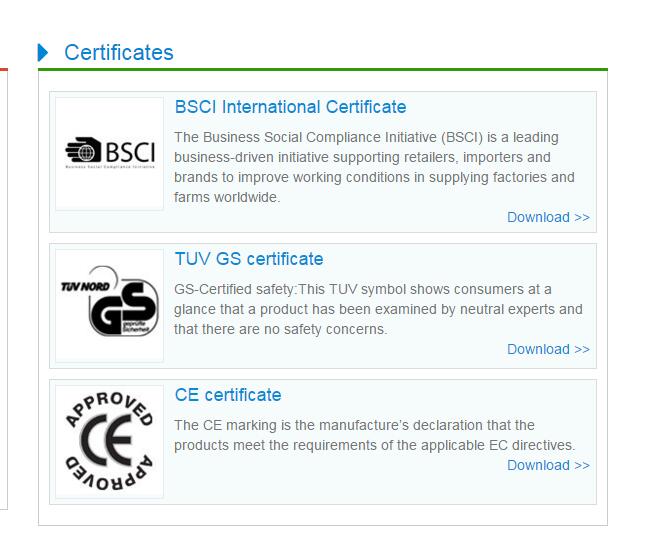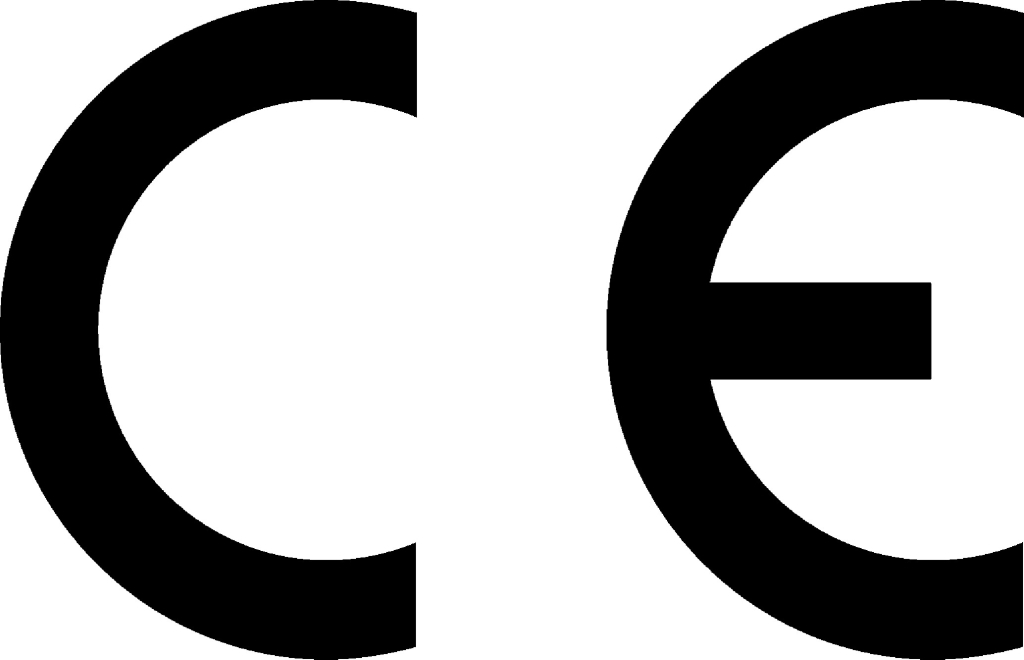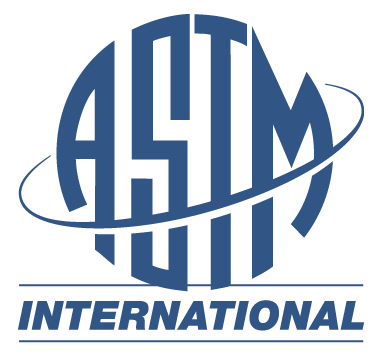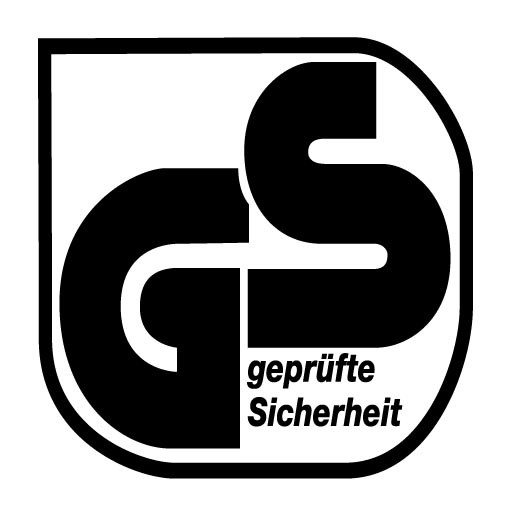The trampoline certification is an important procedure in the trampoline manufacturing business.
In the recent past, the regulatory authorities are keen to ensure that only quality trampolines are sold in the market.
Furthermore, having the right certification documents make consumers to trust the final products.
This is the main reason why most companies display their trampoline certification certificates on their websites.Like Domijump’s certification on the homepage:

A Company only gets certified by these organizations after their products have been tested and verified to meet the required industry standards.
This is never a one-time process. It is a continuous process and the certificate may be revoked.
It is common for companies that do not meet the required quality manufacturing procedures.
In this article, we’ll try to explore some of the main certifications that any trampoline factory must possess.
Ideally, you will realize that these certifications vary from one region to the other. Therefore, for a company that targets the global market, it has no option but to possess all the four.
Types of trampoline certification
1.TUV GS
No one wishes to use a product whose authenticity is questioned. This is the reason why trampoline manufacturers must possess the TUV, GS certificate.
It has a simple symbol :
You can always check your products to ensure that they have this symbol/mark. To view copies of the certificate, you can download through this link – click here.
Geprüfte Sicherheit (GS) is a voluntary certification mark. The mark is mainly used in Europe.
It is a product safety mark for all products that are sold in the German market.
In most cases, the quality conscious consumers will always look for this mark before they make their purchases.
This implies that, a company should not expect to sell its trampolines in Europe if it doesn’t have this mark.
Basically, GS certification ensures that all products adhere to the German Equipment and Product Safety Act, ProdSG.
It is an indication that the products have been evaluated, tested and certified by a third party to confirm their authenticity.
Again, the TUV GS certification process also integrates a number of product certification standards that meet the European guideline requirements.
Benefits of TUV GS Certification
This trampoline certification process has quite a number of benefits to both trampoline users, manufacturers and suppliers.
Some of the key benefits include the following:
- Consumers can easily tell whether the product meets the required quality criteria or not
- It reduces the company liability, thus, the company can avoid unnecessary damage claims
- The mark boosts retailer confidence since they believe products are of high quality and are also safe
- It is a vital tool in decision making, especially when one wishes to purchase a product
- It makes it easy for the product to be introduced to the European market
From above, it is quite evident that any trampoline manufacturer that plans to sell its products in Europe must possess this certificate.
2.CE
This is an important mark that a trampoline should have.
Normally, there are a number of procedures a company has to fulfill to use this mark.
This process also involves a series of tests to prove that the product meets the required manufacturing standards.
To get the CE approval mark, you can follow this link – click here.
There are also the general principles of the CE marking systems that the company should adhere to.
It has a simple mark:

According to the businessdictionary.com, the CE mark is derived from a French phrase Conformité Européene.
It is important to note that the CE mark is only used as an indicator that the trampolines have met the required manufacturing and quality standards as stipulated by the European Union (EU).
However, it is also crucial to understand that this is not a proof the quality of the product.
It is the responsibility of the trampoline manufacturing company concerned to maintain the quality manufacturing process.
However, possessing this certificate when the company doesn’t meet the required standards is illegal.
Like the TUV GS, the CE standard ensures that companies adopt quality manufacturing processes where the health, safety and environmental protection is given a high priority.
No trampolines can be sold in the European Economic Area if it doesn’t possess the CE mark.
Nearly, all countries in the world require that a trampoline must have a CE mark.
Find a list of all countries that require a CE mark.
Benefits of CE trampoline certification
This mark acts like a “trade passport” in the European market. Without it, a company can’t sell its trampolines in the European market.
This implies that, it is only the manufacturers whose products possess the mark that can freely circulate their products within this region.
3.ASTM

The above quality regulation certificated were mainly focusing on the European market. However, it should be noted that these standards are mainly recognized as the international standards.
The reason being, they have been adopted by most countries in the world.
The ASTM is a short form of the American Society for Testing and Materials.
The ASTM develops and publishes technical standards about systems, products and materials.
Due to the increasing number of trampoline accidents that result from substandard production processes, it is a requirement that trampoline manufacturing companies choose their materials based on the ASTM requirements and standards.
There are a number of product specifications that have been proposed with some that have already been implemented.
Let’s have a look at some of the ASTM standards specified for trampolines:
1.ASTM F2970-15
This standard emphasizes on various aspects that involve designing, manufacturing, installation, operation, maintenance and inspection of trampolines courts.
This standard is crucial, especially for the trampoline manufacturing companies that write manuals for their products.
The company should be able to implement and give instructions in a manner that the ordinary trampoline user can comprehend.
2.ASTM F2225-15
The standards defines the recommended safety specifications for the trampoline enclosure systems.
This aims at reducing any potential hazards brought about by the trampoline enclosure systems.
Apart from these two, there are other proposed ASTM trampoline standards that will also focus on the trampoline enclosures and frames. This will include the specification of the steel and consumer trampolines.
4. AS4989
This is an important trampoline certification. In fact, any trampoline that does not meet the recommended AS4989 standards cannot be sold in Australia.
This standard was published on October 3, 2006 by the Standard Australian.
It mainly focuses on the vital safety aspects that a trampoline must fulfill.
This was basically an improvement of the one published in 2003. This was mainly designed to give the trampoline manufacturers an opportunity to obtain the SAI Global Certified Product Standards Mark.
Furthermore, the standard also emphasized on engineering the “soft-edge” impact attenuation trampoline frames.
In addition to these, it was a requirement that the trampoline manufacturers indicate various consumer information/instructions.
These could include: maintenance instructions, installation and safety warnings.
Conclusion
The trampoline manufacturing company must have all these trampoline certifications.
A company without these certificates is not allowed to manufacture and supply any trampoline products.
Remember, these are but a few requirements, companies may also be required to fulfill other manufacturing obligations.
This is mainly due to consistency in the production process, which in the long run guarantees the safety of the trampolines.
As a general rule, before you purchase a product from any of these companies, it is important that you request for these certificates.

